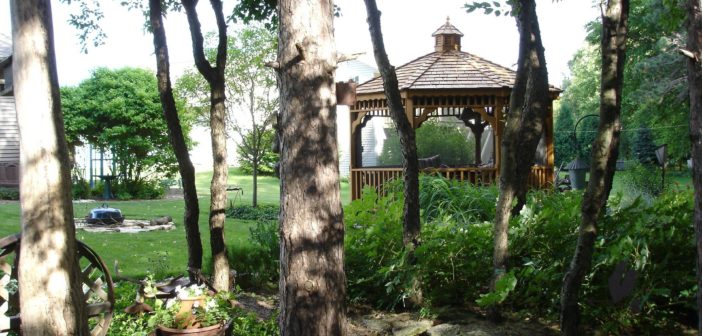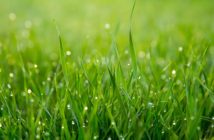A backyard can be as striking and as beautiful as the house beside it, but only if the owner takes the time to keep it in good shape. Designing the yard is the first step in that process. All of the elements should come together to create a harmonious whole that looks good both on its own and when combined with the building. There are a lot of different ways to get that effect, and there are a few broad ideas that every designer should keep in mind.
Use Local Plants
Local plants offer a few advantages over exotic ones. Most importantly, they will naturally harmonize with the area surrounding the yard, especially if it is near woodlands or other natural features. They are also easier to grow and maintain than other plants because the gardener will not have to fight against the local environment in order to keep them alive. That makes the yard cheaper and easier to maintain.
They also tend to be better for the environment. Local plants do not have any risk of turning into invasive species, and local animals know how to deal with them. Reducing the amount of resources needed to keep them alive also prevents waste that can hurt the environment.
Remember the Seasons
It is important to think about how your yard will look during every season. Lush flowers look great while they are in bloom, but they won’t add any appeal during the winter. On the other hand, sculptures and other inorganic decorations tend to look wonderful when covered in a thin layer of snow. Try to strike a balance when designing your garden, and make sure that there is something that will look good at every point during the year.
Use Natural Materials
Garden furniture and decorations can be a great addition to your yard, but you should choose them with care. In general, it is best to opt for items made of wood, stone, or other natural materials. They will naturally harmonize with the plants that are in your yard to create a cohesive whole.
Some artificial materials, such as metals or plastics, can also have a place in the garden. They simply require more care to make sure that they compliment the other aspects. Choose them carefully, and be sure that you have a design plan in mind for them.
Consider Maintenance Time
It takes a lot of work to keep plants in good shape. It gets even more complicated if there are a lot of different plants in the yard, since each one will have its own maintenance routine. You should keep the amount of work that your yard will require in mind when you are planning it because a poorly-maintained yard will look worse than an empty one. Be honest with yourself about how much time you can dedicate to taking care of your yard, and then plan your design accordingly.
Keep It Simple
Less is often more when it comes to designing a yard. Too many plants and decorations will simply make it seem cluttered. It is better to focus on one or two large items and use the rest of the yard as an accessory to make those attractions look better.
Keep in mind that the focal points can be seasonal. A blooming rosebush will make an excellent centerpiece when the flowers are in season, but a poor one when they are not. Using temporary attractions makes it easy to include variety in your yard without making it look chaotic or cluttered.
Think About Color
Flowers provide a burst of color for your yard. Almost every design will include a few of them, so it is important to put some thought into the flowers. It is good to include blossoms of several different colors to add some variety, but it is also important to make sure that none of them clash. Flowers that are in bloom at the same time should use complementary colors if they are close to each other. Blossoms that can clash should generally be kept far enough apart that viewers only focus on one of them at a time.




